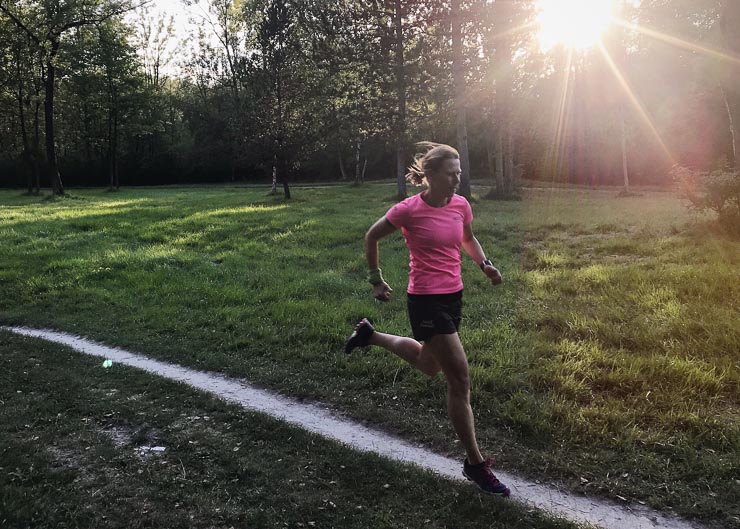Training mistakes often happen very quickly and carelessly, but then with consequences that you don’t want. It’s easy to make mistakes, and unfortunately most amateur runners don’t always train properly. That is why we have summarized the most common reasons why failures and injuries occur.
Train smart and not needlessly hard
Quotes like “no pain, no gain” or “no excuses” are motivating, but unfortunately often lead to: very high training volume or a rapid increase in intensity and distance. The sudden and rapid increase and intensity of training sessions are major causes of injuries. Runners forget to give their muscles, tendons, ligaments and bones enough time to regenerate and adapt to the increasing load. As a rule of thumb, try not to increase your running performance by more than 10% per week.
Alternative between intensive and regenerative
Intensive and strenuous training should always be followed by a quiet training session. Take your foot off the gas, so to speak. A steady pace means being much slower than racing. You will be refreshed physically and mentally and you will be better prepared for the next difficult sport unit. Variety is the key to improving yourself. The body needs stimuli, but also active relaxation. As a rule, you should still be able to talk during the easy run and not get out of breath.
Avoid irregular exercise
In one week you are super motivated and power yourself through your running and sports units and in the following week you are more lazy on the couch. But you can only celebrate success with persistence and regular training. Often there is a lack of structure or a goal. It’s important to find a way to keep motivation high. You should pay attention to a balanced training. Alternatives such as weight training and stability training can also be incorporated.
Never skip the cool-down phase
Every running training should end with a relaxed cool-down phase. The pulse rate is slowly reduced. Through the more conscious way of ending the training, you enable your body to start regeneration immediately and reduce muscle soreness and injuries.
Rest periods are a must
Many runners are afraid to rest and think that rest destroys their fitness and performance. The improvement in physical fitness actually takes place in the resting phase. During this time, the body adapts to the set training stimuli. Therefore, with the same load, you are often less exhausted during the next training session. Only those who integrate regeneration into their training will actually make progress in sport.
Other mistakes are the lack of balance in the water balance and/or the lack of correct food intake after a training session. This also slows down regeneration.
We hope that the tips help to optimize your training and make it meaningful. Those who act smart will experience success.



